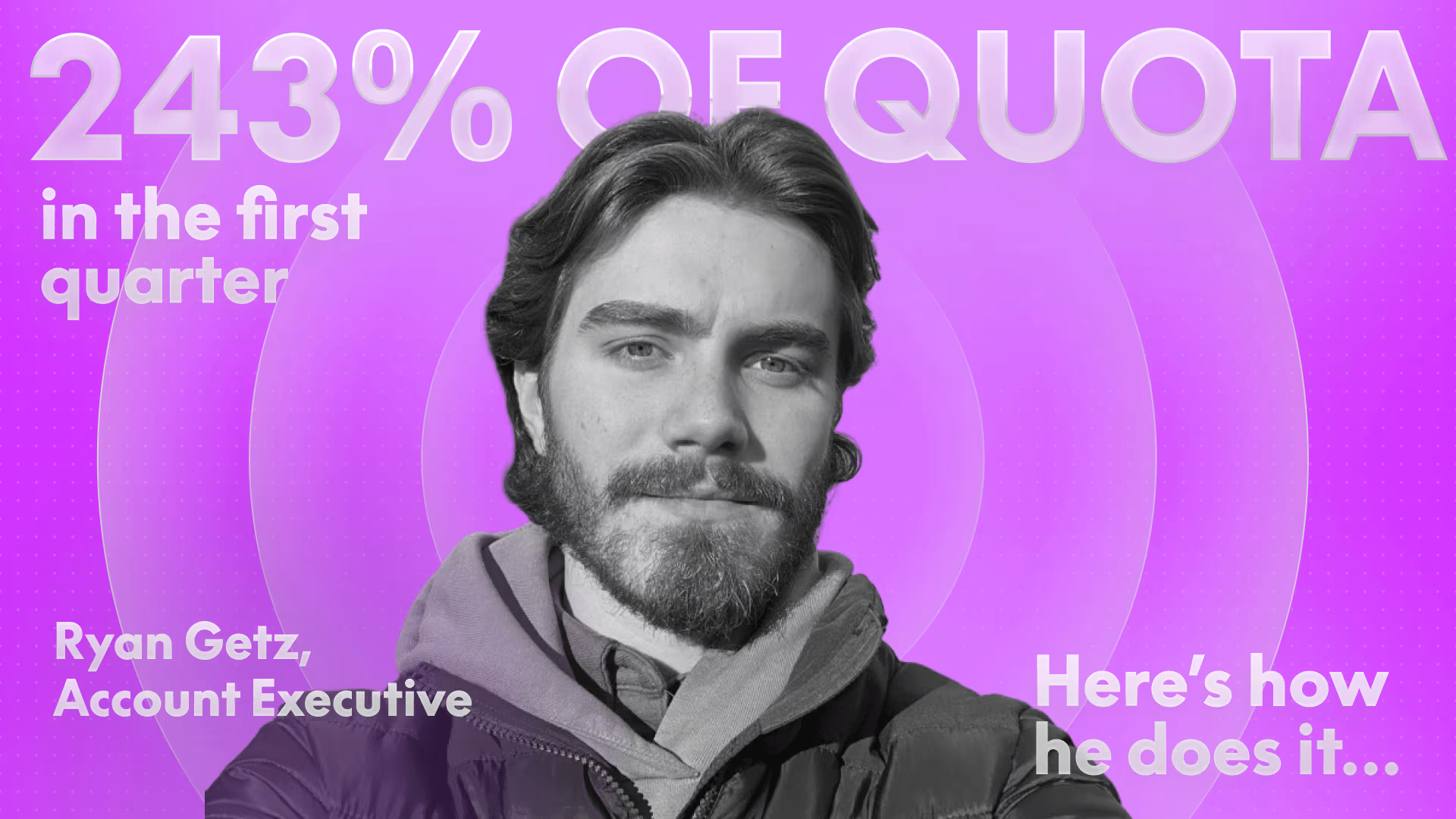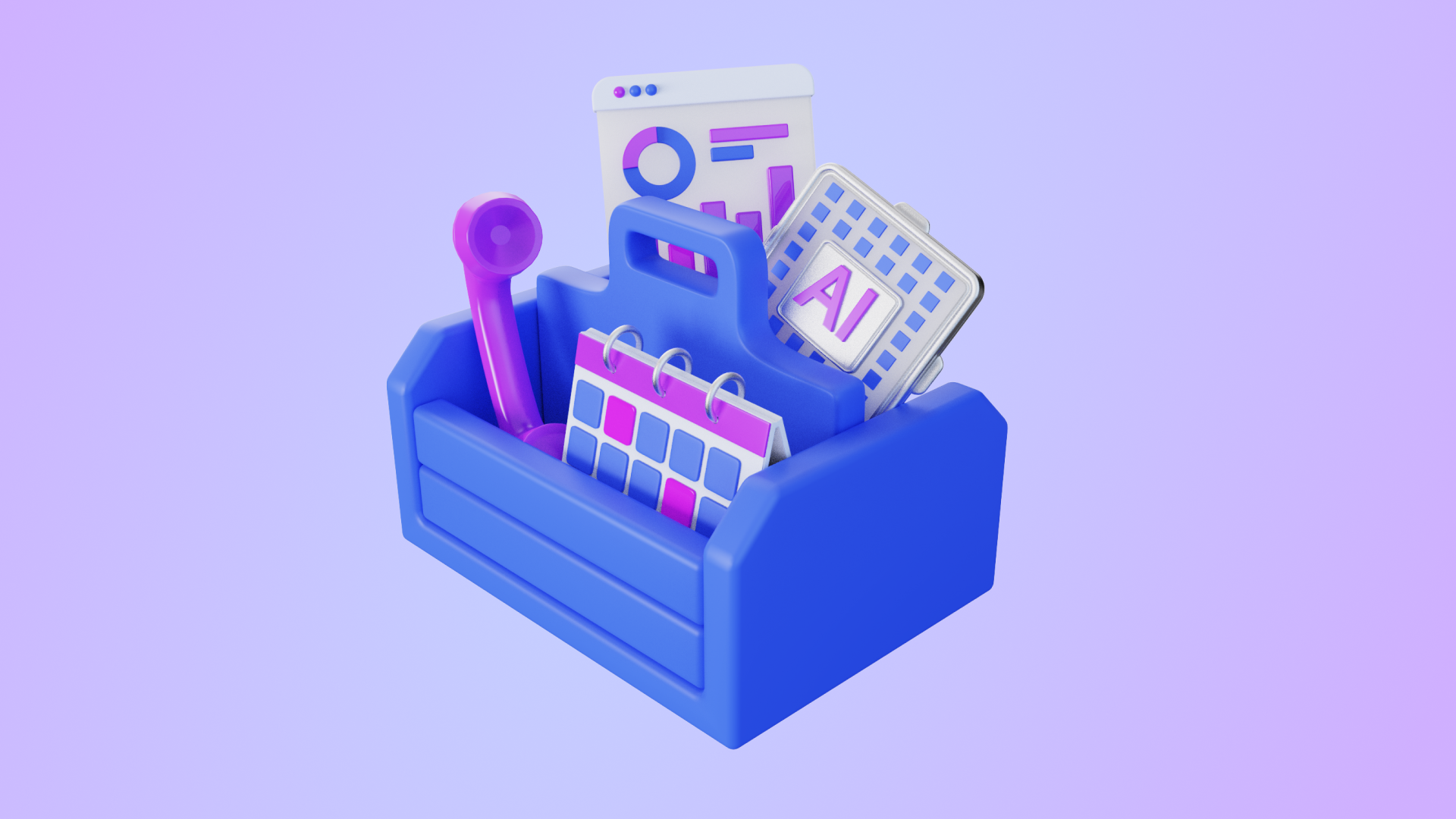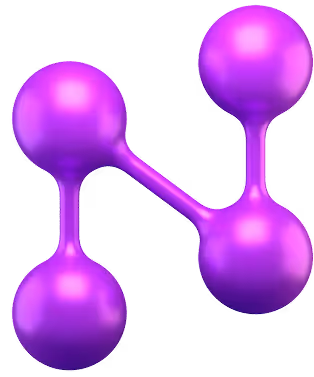How to master prospecting as an AE

Want your AEs to do more outbound? Promote your SDRs.
At Nooks, our best outbound AEs were SDRs. They know what works — and more importantly, what’s worth their time.
After crushing it as an SDR with this strategic outbound framework, Ryan Getz got promoted to AE in just seven months. And found a way to keep the momentum going.
In this follow-up, Getz shares how his prospecting playbook has evolved since becoming an AE. It’s the framework that landed him at 243% to quota in his first quarter.
Even with his calendar packed and pressure to close, he’s consistently generating pipeline with this mentality: Treat outbound like creating your own inbound.
The state of AE outbound
Let’s be honest: most AEs treat outbound like a chore.
They do just enough to keep their manager off their back — fire off a few emails, make a handful of calls, check the box, and get back to closing deals.
And it’s hard to blame them. Between running demos, multithreading, managing POCs, negotiating — outbound is one more thing to juggle in an already packed day.
But here’s the problem: that kind of outbound doesn’t work.
Cold prospects who barely know your product rarely turn into pipeline. And even if you get the meeting, it’s likely to go nowhere.
The shift you need to make? Stop treating outbound like a checklist. Start treating it like creating your own inbound.
Use signals. Prioritize who you reach out to. Be thoughtful about why you're reaching out.
Because at the end of the day, you’re not comped on calls or emails — you’re comped on closed-won. If you can get there faster by being more strategic, why wouldn’t you?
Step 1: Identify your highest-intent signals
Not all prospects are created equal. As an AE, Getz doesn’t have time for generic cold lists.
Instead, he prioritizes outreach based on signals that show real buying intent:
- Started filling out a demo form but didn’t finish
- Visited key website pages (e.g. case studies, pricing, competitor comparisons)
- Followed Nooks on LinkedIn
- Used to be a Nooks customer and changed jobs
- Works at a company that’s bought before
These people aren’t random names in a database — they’re already aware of Nooks and signaling they might be ready to buy.
Getz’s rule: If they’re walking into your digital storefront, someone better say hello.
“It’s like someone walking into Aritzia or Lululemon, picking up products, browsing around — and no sales associate ever talks to them. Eventually, they get bored and leave.
That’s what it’s like when someone visits your site and no one follows up.”
Signals like page views, demo form starts, or a new LinkedIn follow are the digital equivalent of walking through your front door. If you’re not greeting them, you’re leaving revenue on the table.
Step 2: Build your signal system
Signals only work if you can find them. And action them fast.
Getz pulls from:
- HubSpot for website visitor tracking and CRM data
- SalesNav for job changes, followers, and champion tracking
- LinkedIn for signal confirmation and soft touchpoints
For us, all of this gets pulled into Nooks AI Prospector. So instead of bouncing between HubSpot, SalesNav, and a dozen other tabs, all of his high-intent prospects show up right in Nooks.
AI Prospector is our newest product that is helping teams like Modern Health book 50% more meetings. If you’re interested in learning more, request a demo here!
Step 3: Make it easy to act
The hardest part of AE outbound isn’t even the outreach. It’s remembering to do it.
“If I had to dig through dashboards to find this stuff, I wouldn’t do it. There’s simply not time as an AE. But with Nooks, it’s just there. I click start calling, and the talk track is right in front of me.”
Whether you use Nooks or not, your signals need to live in one place. Toggle tax is real.
Toggle tax refers to the mental cost and lost productivity that comes from constantly switching between multiple tools, tabs, or systems to complete a single task.
Every time a rep jumps between a CRM, a LinkedIn tab, a sales engagement platform, and a dashboard to piece together context, it adds friction — slowing them down, increasing cognitive load, and often leading to dropped tasks or missed insights.
The Harvard Business Review found that context switching can reduce productivity by up to 40%. And when your tools don’t talk to each other, your reps become the glue.
That’s why "one pane of glass" workflows — where everything lives in one place — aren’t just convenient. They’re essential.
If you’ve stitched together point solutions for signal and contact enrichment, check your usage. Chances are, you’ve bought shelf ware.
If it’s not part of the rep’s workflow, they’re not going to use it.
That’s something we recognized early on, and made a point to build into our AI Dialer.
Reps told us they were still using separate tools for signal and contact enrichment, and it was wearing them down.
One rep told us, “I would go into [signal enrichment tool]. There would be accounts that had like touched our website basically and then I would manually prospect the account and then upload them into Nooks."
It’s not just inefficient. It’s bad user experience. According to UX best practices, if it takes more than three clicks to find something, users start to give up.
So, your goal should be to reduce the number of tools reps engage with.
Step 4: Activate your prospects
Once signals are identified, Getz reaches out across email, call, and LinkedIn — but always as a consultant, not a seller.
Here’s what it looks like in action:
Day 1: LinkedIn, Email, Call
- LinkedIn: “Hey [Name], saw you just followed Nooks — curious how familiar you are with what we do?”
- Email: “Noticed you were checking out our [case study/pricing page/etc.] and wanted to introduce myself. Happy to answer any questions or share how similar teams are using us.”
- Call: “Hey [Name], Ryan from Nooks. Saw you [insert signal]. Just sent you a note, would love to connect if you’re exploring options in this space.”
Tip: Every channel references the same signal. It’s not a “sequence,” it’s a conversation — just spread across multiple touchpoints.
Here’s the full warm outbound sequence Getz uses for signal-based prospects:
- Day 1: LinkedIn touch + manual email + call
- Day 3: Email bump
- Day 5: Call + add a short personalized video or use a pre-recorded voicemail
- Day 10: Final email touch with light humor or ‘not now?’ CTA
- Day 20: One last call
- Day 30-60: Move to nurture or check back in based on activity
Want to see the exact sequence he used to book $3M in pipeline in one quarter? Check it out here.
Step 5: Stay focused on what converts
AEs are comped on closed-won — not activity for activity’s sake.
That’s why Getz is ruthless about where he invests time. He doesn’t chase cold prospects. He doesn’t work from dashboards. And he definitely doesn’t dial just to hit a number.
Instead, he focuses on the few signals that convert, builds simple workflows around them, and lets tools do the heavy lifting.
“If you were an SDR before, think: if I had only 20% of the time, what would I do? Then go all-in on that. If you weren’t an SDR, go learn from the ones who are crushing it.”
And remember: You’re not just doing outbound. You’re creating your own inbound.



.png)



